Dogs have worked alongside humans for centuries, performing a number of important jobs that greatly enhance our lives. Even despite modern industrial and technological advances, dogs still offer the optimum solution in several situations – for example, looking for missing people as part of search and rescue efforts, or as part of a law enforcement team to protect local communities from harmful substances.
The strength, stamina, agility and temperament of canines means they are the perfect worker on a farm. Dogs are able to cover large areas in seemingly no time, and their reliability and inherent traits make them capable of performing several useful tasks in a farm environment. They can protect the land, help to exterminate vermin, and herd livestock.
In this article, we will look at 14 of the best farm dog breeds, and outline some of the reasons these breeds are ideally suited to working on farms.
1) German Shepherd
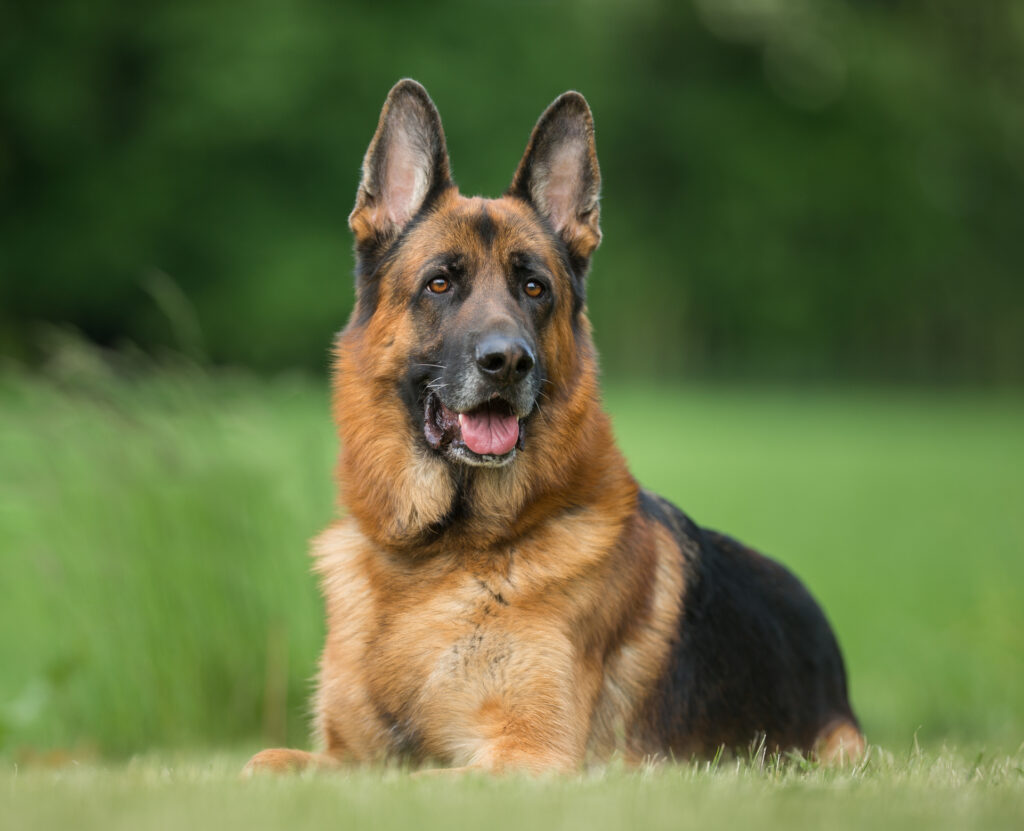
Highly trainable and extremely intelligent, the German Shepherd is perhaps the ideal candidate for farm work. Their physical capabilities – strength, stamina and agility – are matched by an almost incomparable work ethic.
While the clue might be in their name, GSDs are versatile dogs who can be trained for a number of purposes on a farm. German Shepherds were originally bred to herd sheep, but they also have an extremely protective nature, which can aid them in deterring threats to livestock or farm property.
2) Border Collie
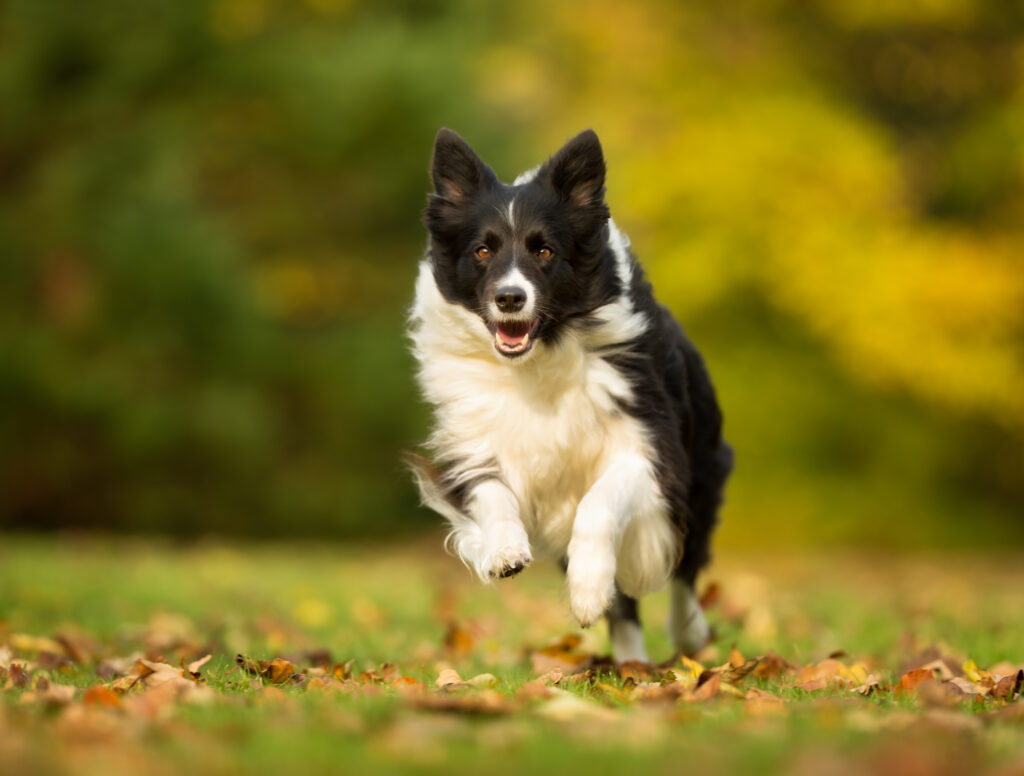
Border Collies are renowned for their intelligence – and it is not uncommon to see that in evidence when they work on a farm. Their physical prowess enables them to perform herding and other tasks in even the most difficult terrain.
Their innate herding instinct allows Border Collies to easily gather, move and control livestock with precision. Combined with their insatiable work ethic, the Border Collie may be the ultimate herding breed.
3) Dachshund
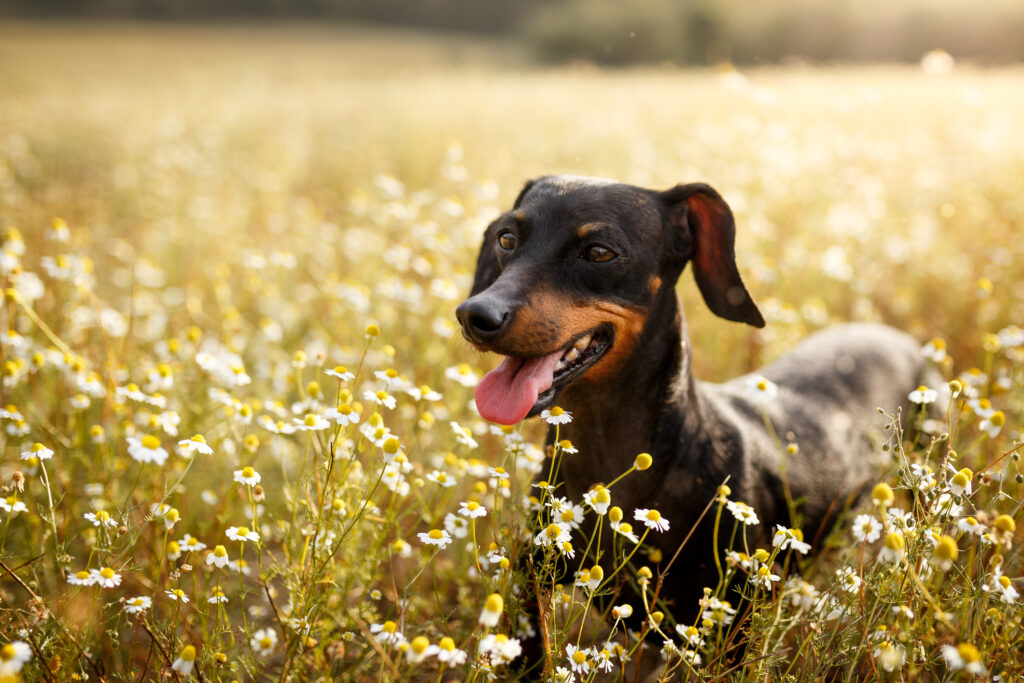
Although perhaps not traditionally regarded as a farm dog, the unique hunting characteristics of the Dachshund can be a valuable asset when it comes to removing vermin. The Dachshund was bred by Germans in the 1800s to locate badgers (translated literally, ‘dachshund’ means ‘badger dog’ in the German language).
Their long, low-slung bodies – combined with an alert nature and a propensity for hunting – enables the Dachshund to track and hunt smaller animals like badgers, rodents and rats. This can protect against damage to crops or stored supplies on the farm property.
4) Great Pyrenees
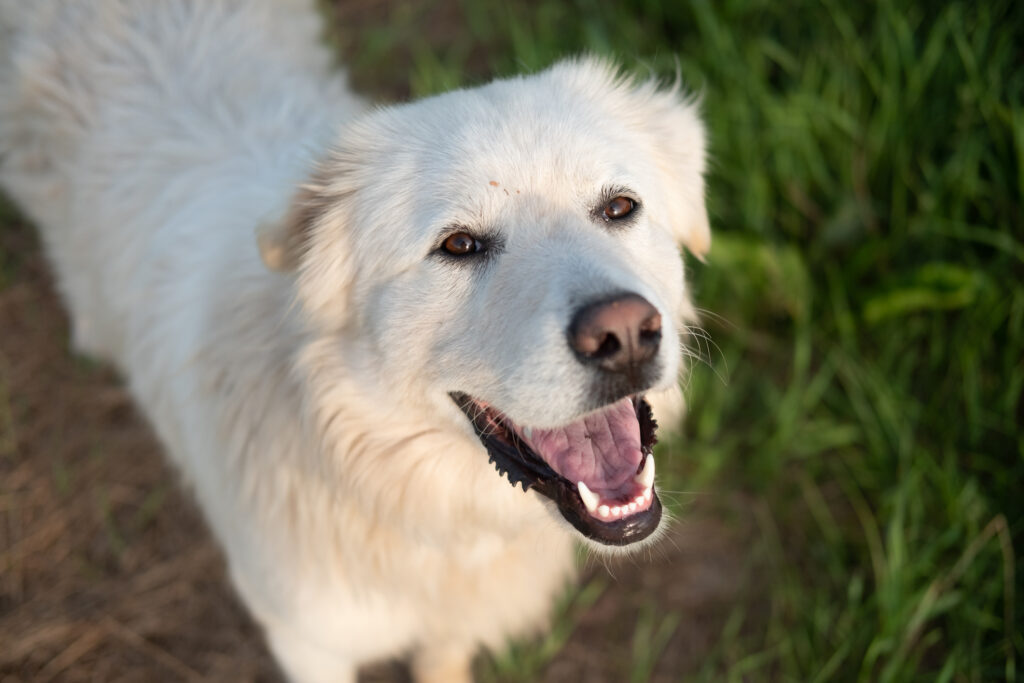
Underneath the calm and gentle exterior of the Great Pyrenees lies a fierce, dedicated protector. Their imposing presence and fierce bark is enough to deter even the most determined predator from threatening livestock.
Great Pyrenees derive their name from the mountains between France and Spain, where they were originally bred to watch and protect flocks of sheep. This means the breed is able to withstand difficult and undulating terrain.
5) Airedale Terrier
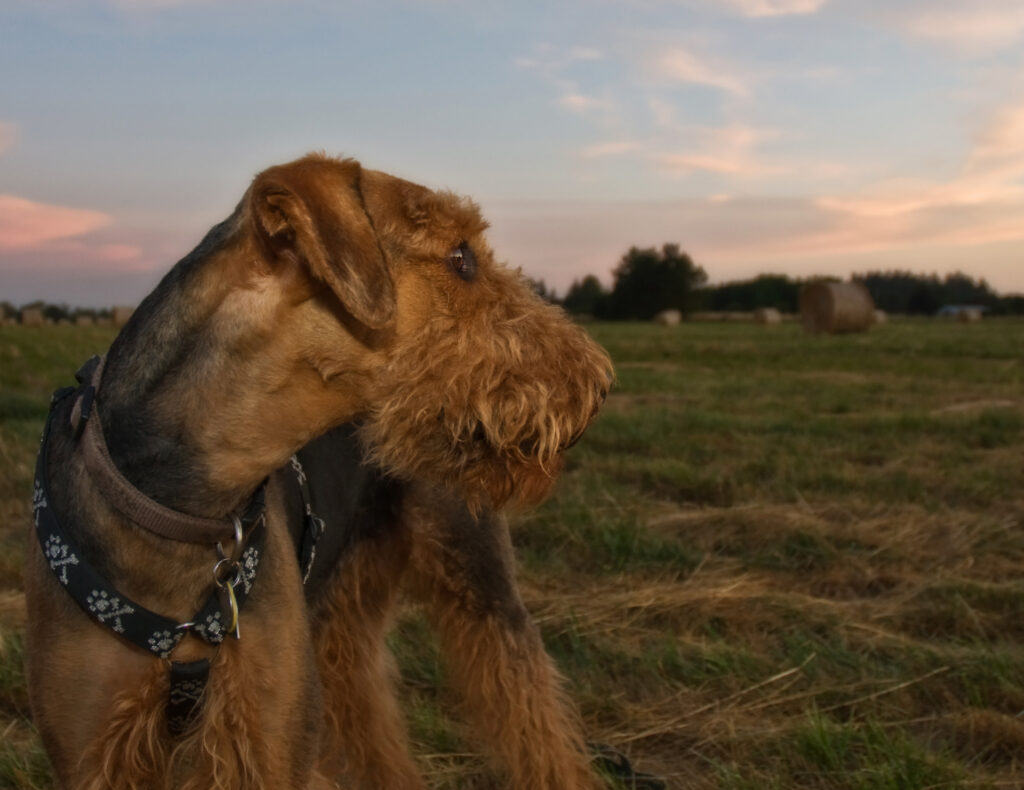
Airedales are a combination of several different breeds, including the Otterhound, and now-extinct breeds like the English Black and Tan Terrier. The breed was developed in the mid-1800s in the United Kingdom, and was used to hunt ducks and rats.
Known as the ‘King of Terriers’ due to their formidable size, Airedale Terriers can use their strength and stamina to keep up with the demanding nature of work on a farm.
6) Pembroke Welsh Corgi

Small in stature, Pembroke Welsh Corgis are one of the most capable and popular herding breeds. Their diminutive size and agile movement enables them to easily maneuver around livestock.
The Pembroke had a notable fan in Queen Elizabeth II, who owned more than thirty of them in her lifetime.
7) Australian Cattle Dog
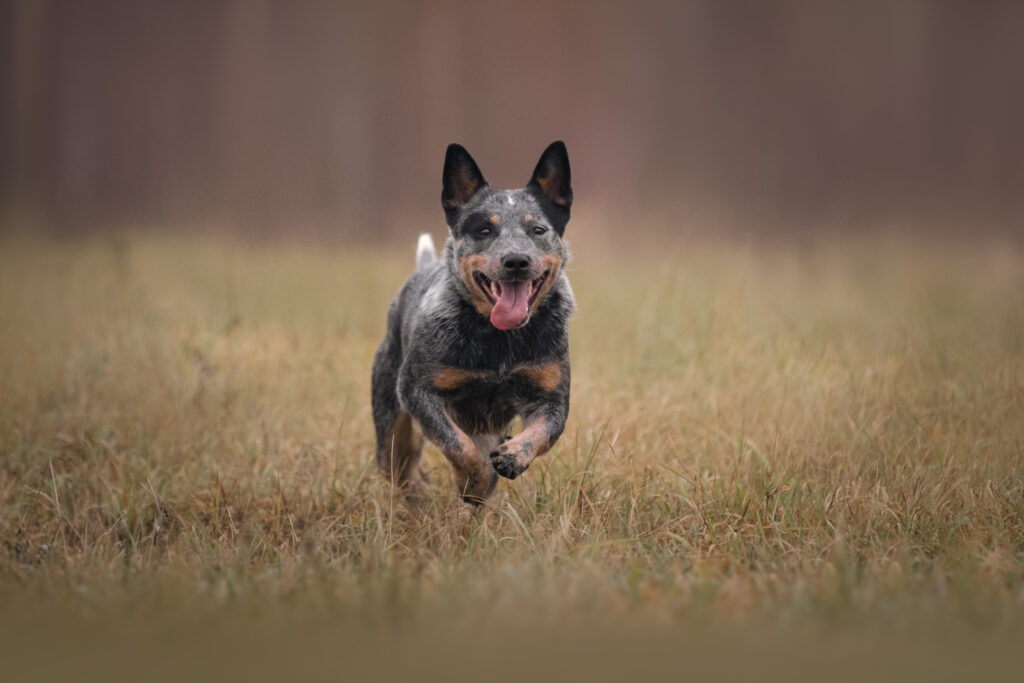
The Australian Cattle Dog (ACD), also known as Blue or Red Heelers, has played a pivotal role in herding beef cattle across Australian ranches since they were introduced to the country in the early nineteenth century.
Mixing intelligence, resilience and a sturdy frame, Australian Cattle Dogs require copious amounts of physical and mental stimulation for pet dog owners. ACDs truly thrive in a farm environment, where there is no shortage of activities to occupy them.
8) Bernese Mountain Dog
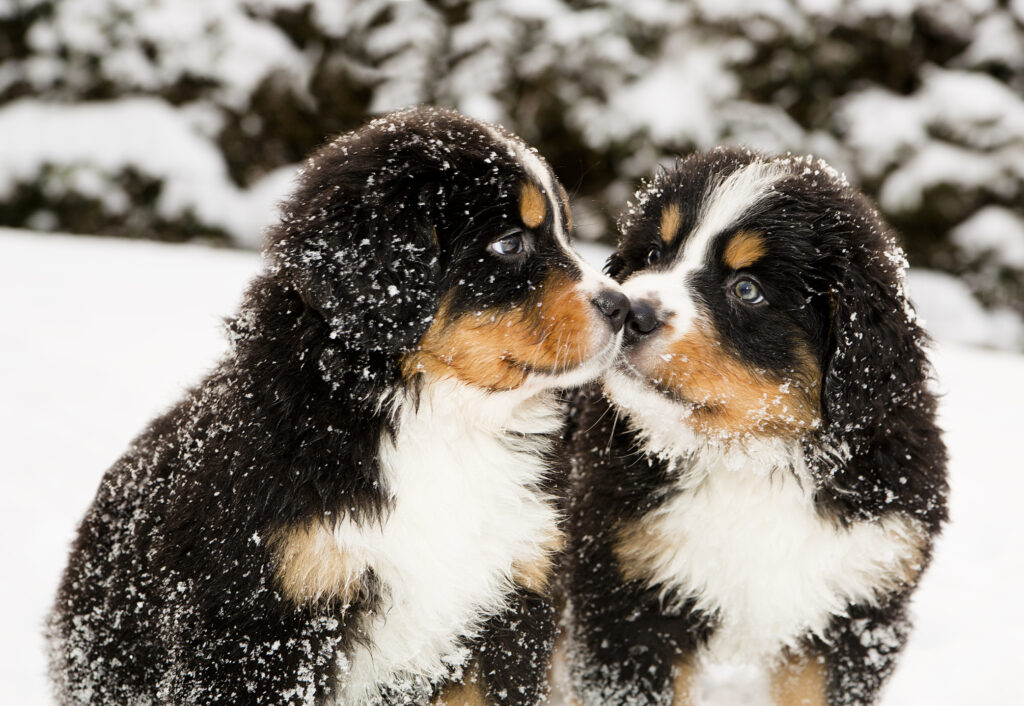
While the Bernese Mountain Dog is not classed as a herding breed (they are designated in the AKC’s Working Group), their size can be a huge benefit for farmers. In addition, this dog is used to working in heavy snowfall and harsh winters.
This noble breed is one of four mountain dog breeds from Switzerland. In addition to managing cattle, they are capable of offering protection from intruders and predators, due to their alert and attentive instincts.
9) Australian Shepherd
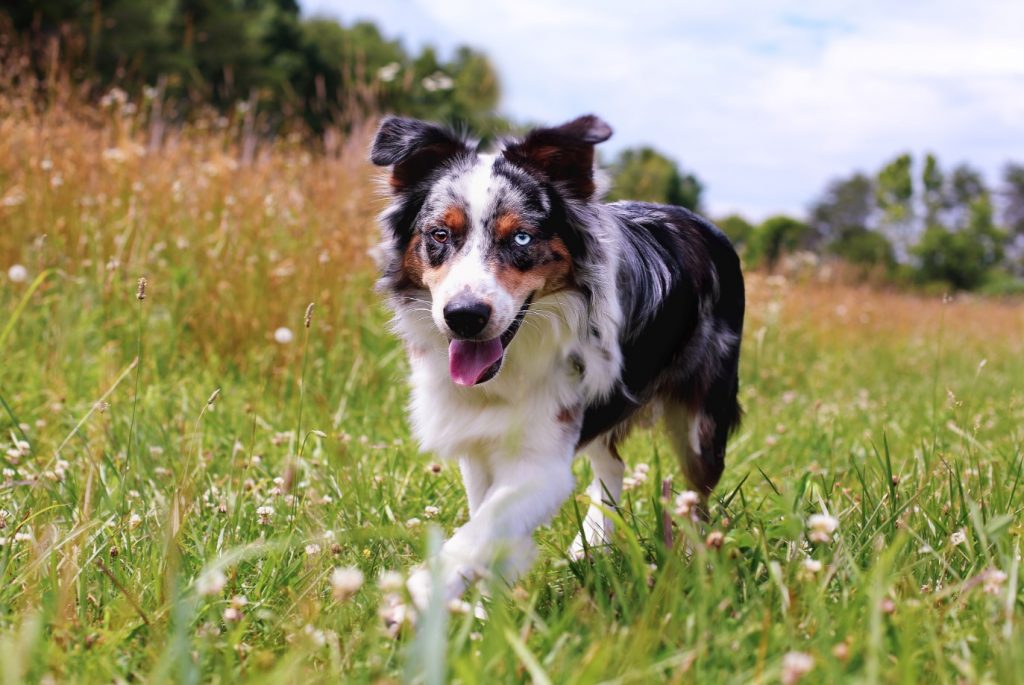
Australian Shepherds have an insatiable appetite for work. They love to do virtually any job they are capable of, including herding cattle or livestock. Their high energy and inherent herding traits make them ideal candidates for this type of work.
Contrary to their name, Aussies were actually originally bred in Europe. Their desire to work can prove to be a challenge for the average pet owner.
10) Anatolian Shepherd
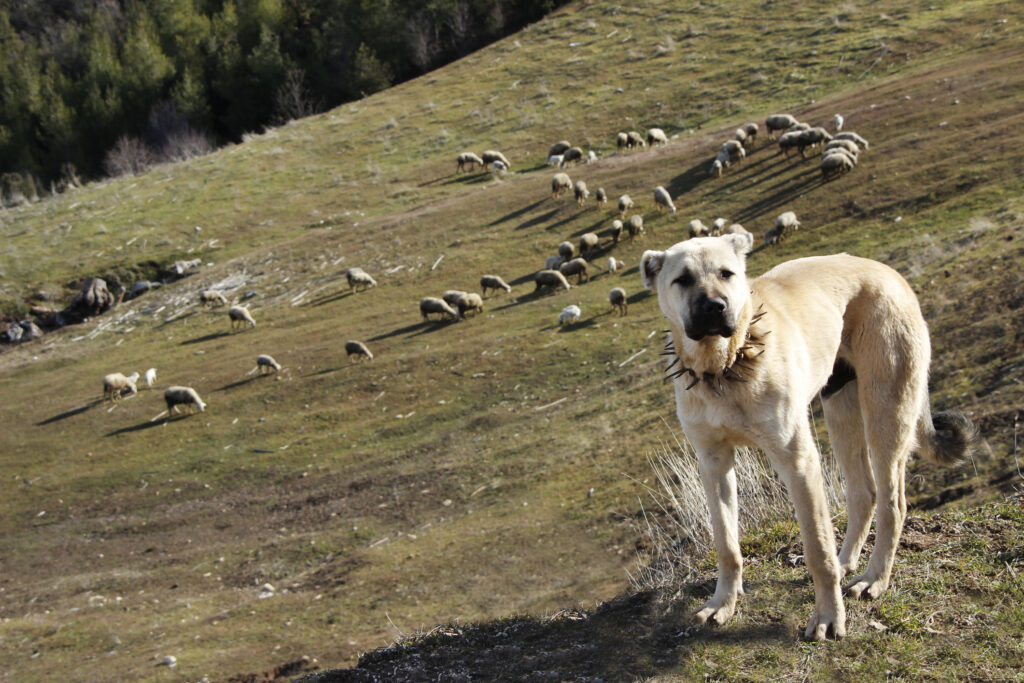
At their biggest, Anatolian Shepherds weigh in at an imposing 150 lbs. This intimidating presence, combined with speed that belies their size, ensures that this large breed can act as an effective protector of land and property.
The heritage of the Anatolian Shepherd dates back to biblical times, with their ancestors believed to be referenced in carvings dating back to 2000 BC.
11) Dutch Shepherd
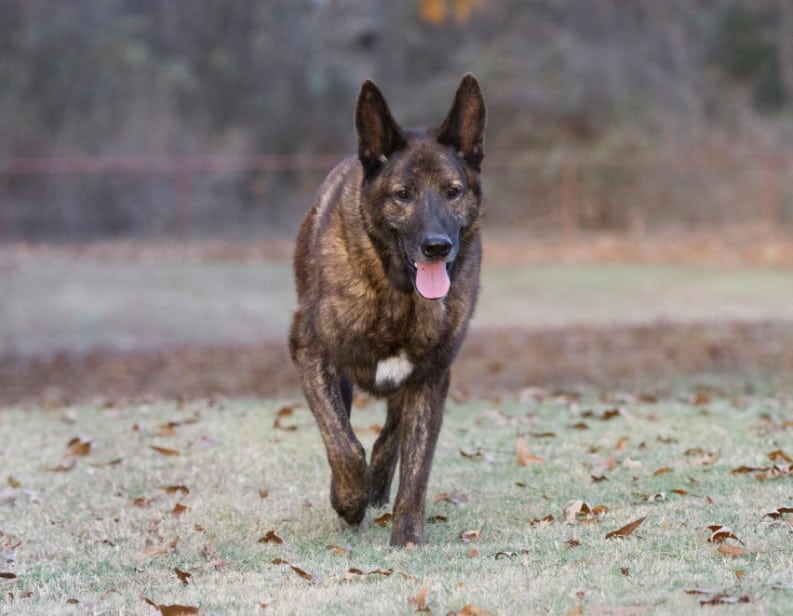
Dutchies can serve multiple purposes, but their independent and stubborn disposition makes them a great herding dog. Historically, Dutch Shepherds were not only used to herd livestock; they were also able to pull carts containing milk or produce around the farm.
Nowadays, it is not uncommon to see a Dutch Shepherd as a Police K9, search and rescue dog, and even performing service dog work; however, the breed has retained its natural herding instincts, and is often still used for this purpose.
12) Jack Russell Terrier

Like many of its Terrier counterparts, the Jack Russell is tenacious. Standing at barely one foot tall, and weighing less than 20 lbs, the Jack Russell’s slender frame is advantageous for flushing out small animals and rodents.
In addition to its size, the Jack Russell Terrier’s strong hunting instinct makes it a prime candidate for controlling vermin. The breed was originally developed to hunt foxes in England.
13) Rat Terrier
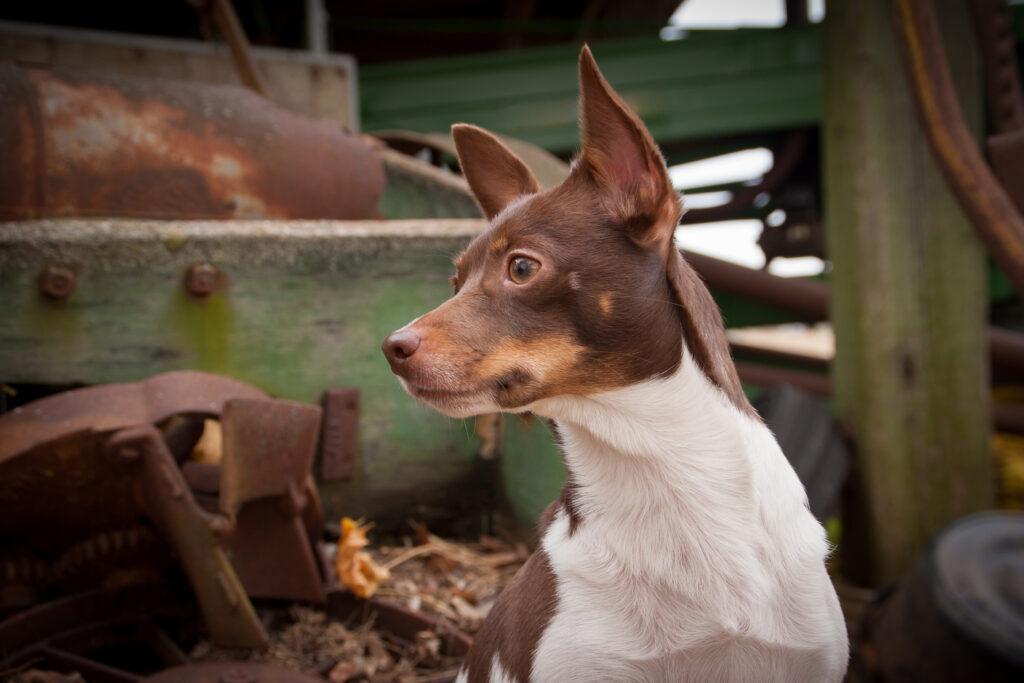
As the name suggests, the Rat Terrier was developed for one purpose – to eliminate the problems and threats caused by rats.
This breed was common on farms of days gone by, and is still utilized today as one of the most effective ways to protect a farm from a rodent infestation. They aren’t only used in rural settings; Rat Terriers have also been used in urban environments to control rat populations, such as those in New York City.
14) Belgian Sheepdog

In full flow, the Belgian Sheepdog (also known as the Groenendael) is a picture of elegance. Along with the other varieties of Belgians (Malinois, Laekenois and Tervuren), this breed has been a mainstay of farms across Belgium since the late nineteenth century.
Not only are they athletic, but Belgian Sheepdogs are very trainable. Their versatility makes them well suited to a number of different farm-related activities, including herding, guarding livestock, and protecting property.
Related posts

Which Dog Breeds Are Banned Around The World?
In this article, we’ll take a look at some of the dog breeds that are banned in different parts of the world.

Discover These 11 German Dog Breeds
The origins of many notable dog breeds lie in Germany. Take a look at some of the fascinating backstories behind these German dog breeds.
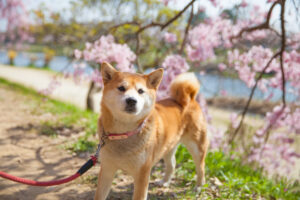
11 Fascinating Japanese Dog Breeds
Rich in culture and history, Japan also introduced a variety of dog breeds to the world. Learn more about these Japanese breeds in this article.

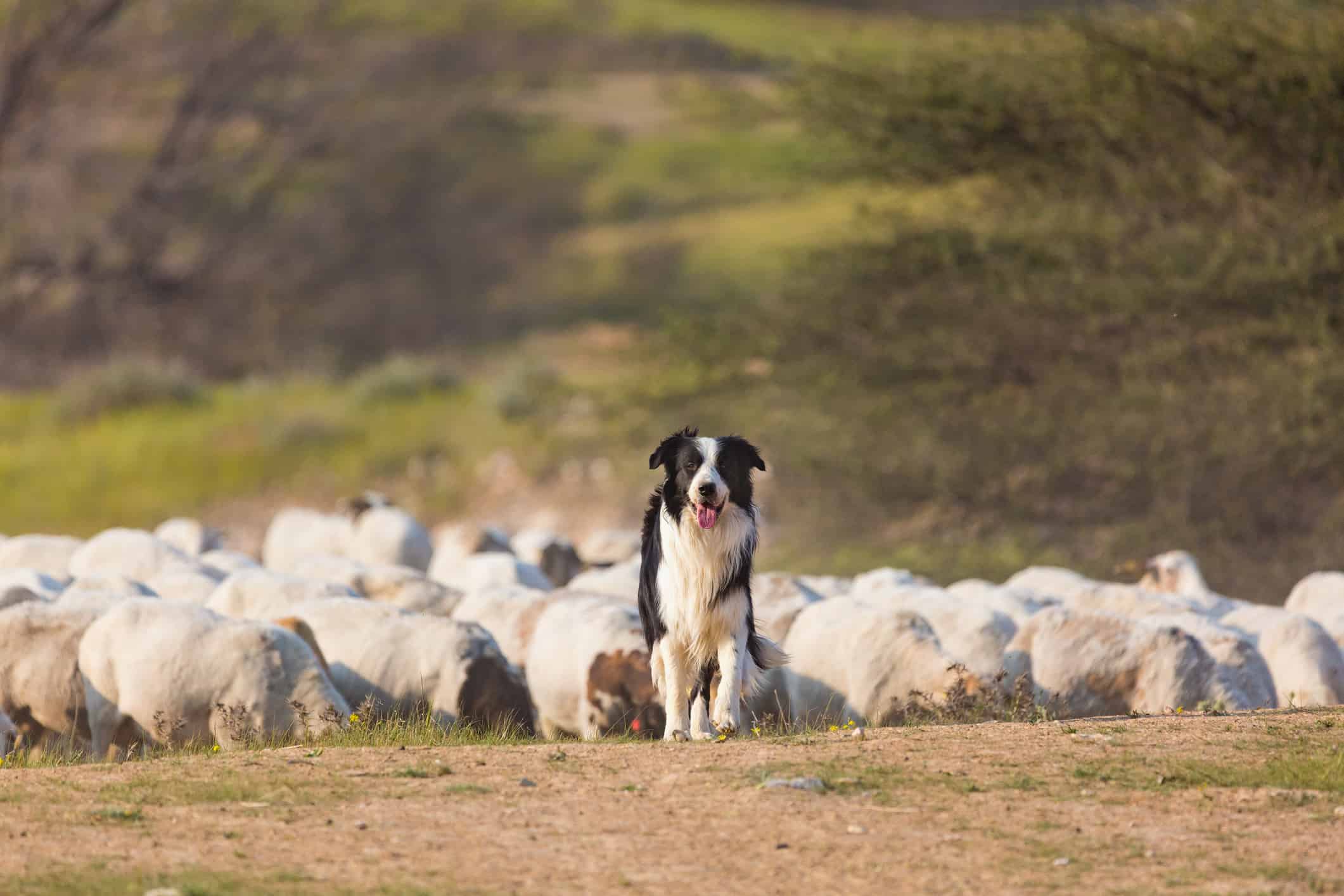
You must be logged in to post a comment.